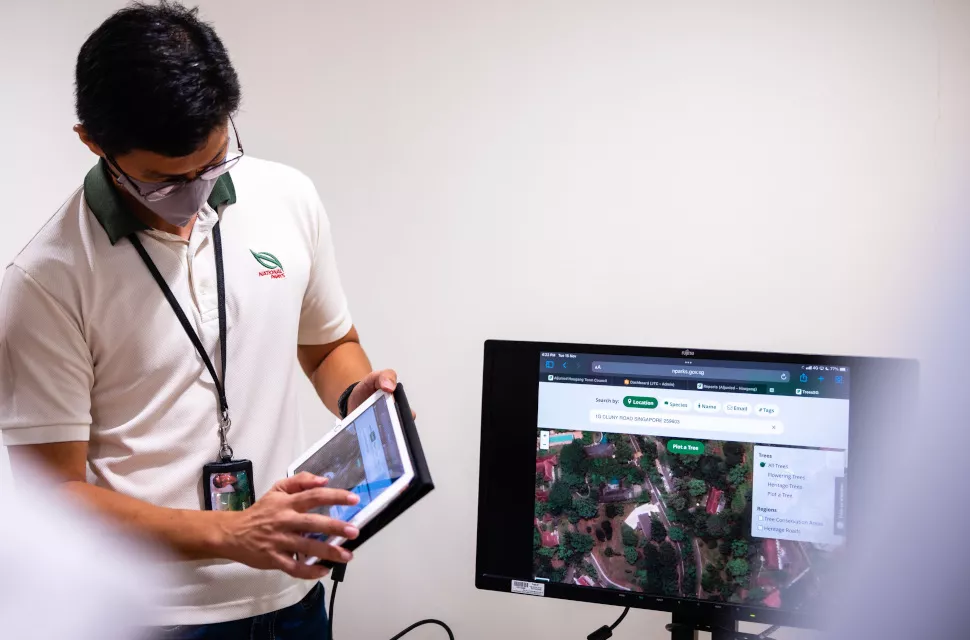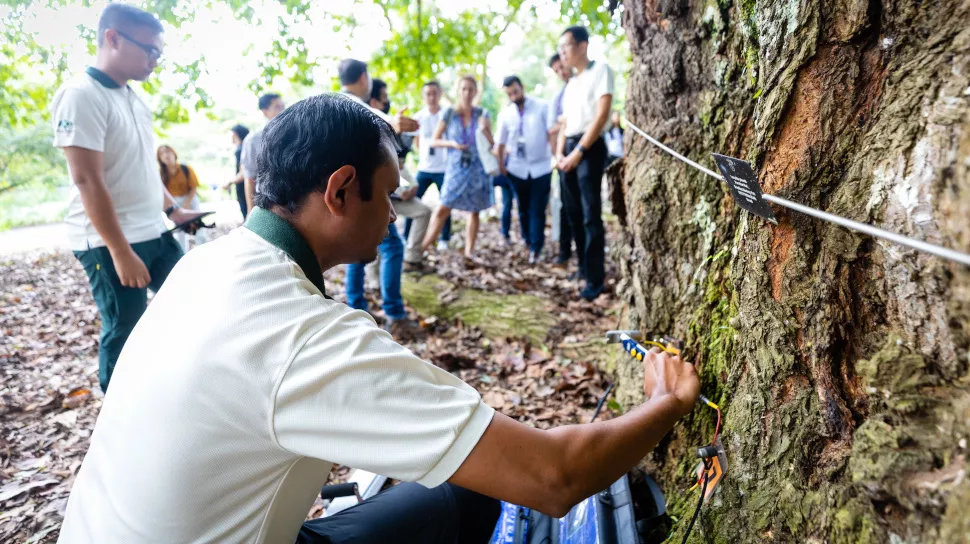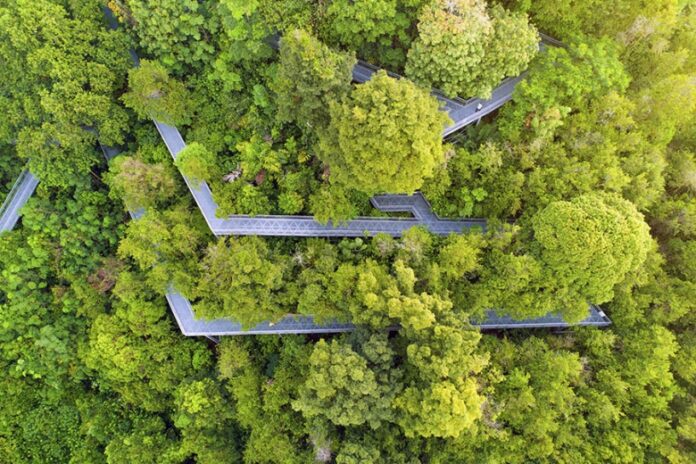The City in a Garden is employing IoT and more smart tech to stay green
For a city known around the world as a bustling hub of commerce and trade, one of the most striking things about Singapore is just how green it is.
Despite open space being at a premium, nature is a vital part of the island nation’s psyche, with citizens flocking to parks, beaches and gardens in their down time, and in a city where the future is constantly being reinvented, what better way to make sure its greenry persists than via smart technology?
Being green
Despite its tightly-packed office blocks and roads, Singapore is proud to call itself a garden city, and nowhere is this more clear than at its Botanic Gardens.
Set up in 1859, the gardens are a UNESCO world heritage site, and are a popular destination for citizens and tourists alike to relax, take exercise or just sit and observe the thousands of plant species on display.
National Parks Board (NParks) has taken Singapore’s affinity for technology fully on board, with Lee, Assistant Chief Executive Officer noting that it has around 150 research and digitalization projects currently ongoing as it looks to adopt a science-based approach to its future work.

One of its largest projects involves the care and management of around two million urban trees across the island. With Singapore boasting a total of around seven million trees, they offer a welcome respite from the concrete jungle of the city’s business districts, helping clean up pollution and lower temperatures.
But in order to make sure this vital resource remains protected, NParks, in partnership with Govtech, the technology arm of the Singaporean government has now put the two million trees it looks after online. Using Lidar and machine learning technology, each tree is scanned to create a digital twin of itself that is uploaded onto a virtual map laying out the city.
As well as providing a location of the tree, this digital twin offers information such as height and girth, which can be compared to average rates for its species to identify how was it will grow, and when it may next need pruning.

As any gardener knows, pruning is vital for encouraging new growth, but for urban trees, it can also be a significant safety protocol, as overgrowing branches could block road signs or speed warnings. The data produced by the digital twin can be modelled to spot when urgent works are needed, cutting down on wasted resources and manpower whilst keeping safety high.
However the information can also be used to benefit the trees themselves. Satellite imagery can be used to spot trees with a lower chlorophyll rate, showing up as yellow or brown, alerting that they need immediate attention. The board has also attached wireless tilt sensors to trees potentially at risk of falling, offering data on how much they may be leaning.
All these technologies have so far helped cut the annual number of what Lee calls “tree incidents” down from 3,000 in the year 2000 down to lessthan 500 so far in 2022.
In order to create more of a connection all of the two million trees are also listed online on the TreesSG online database. Users can access the database to find trees near them, report any issues they might have spotted, and even email the trees to say thank you for the natural benefits they bring.
So it seems that when it comes to staying on top of your health, it could well be the trees that do it – it certainly has for Singapore.
Courtesy: TechRadar




